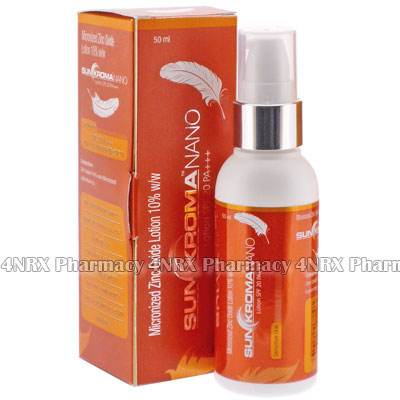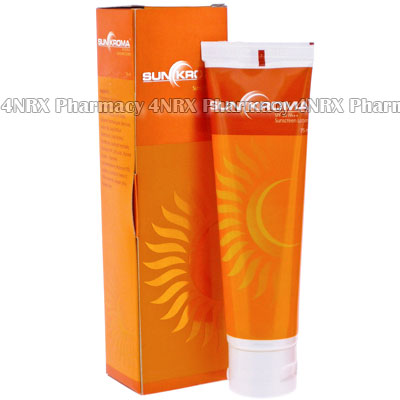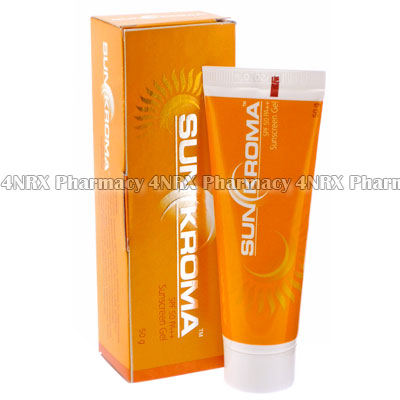 |
Home  Skin Skin  Sunkroma (Zinc Oxide) Sunkroma (Zinc Oxide) |
|
|||||||||
|
|
Sunkroma (Zinc Oxide)
What is Sunkroma (Zinc Oxide) used for? Sunkroma (Zinc Oxide) is a topical lotion prescribed to protect sensitive skin from ultraviolet rays. It operates by forming a protective layer on the areas of application while moisturizing the skin and allowing it to remain exposed to fresh air. Your physician may also prescribe it for other unlisted purposes. How should I use Sunkroma (Zinc Oxide)? Follow your physician's instructions while using Sunkroma (Zinc Oxide) to get the most effective results. Put a thin layer of lotion onto the areas you want to protect and gently massage it into the skin. Wash your hands after each application to prevent the medication from contacting mucous membranes such as the eyes, mouth, or nose. Ask your physician any questions you have about using the medicine to ensure the correct usage. What are the side effects of Sunkroma (Zinc Oxide)? Sunkroma (Zinc Oxide) will not normally cause side effects when applied correctly. Inform your physician immediately if you do notice any unusual symptoms such as fatigue, nausea, skin rashes, irritation, or signs of an allergic reaction. These may require emergency medical attention or changes to your regimen to prevent further health problems from occurring. Please Note Sunkroma (Zinc Oxide) should not be applied to skin that is broken or severely damaged. It is also important to keep the cream from contacting any mucous membranes such as the eyes, ears, mouth, or nose as this may cause unexpected health problems. Strictly follow all instructions provided to you by your physician or pharmacist while using Sunkroma (Zinc Oxide). Optimum and safe dosage can differ based on the patient and the condition being treated. As this medication may be unsafe for certain patients, it is essential you always inform your physician if you are pregnant or breastfeeding, as well as if you have any allergies, other illnesses, or ongoing health conditions, and if you are taking any other form of medication, supplements, or herbal products. Immediately seek emergency medical care if you have an allergic or hypersensitive reaction. Common signs of a reaction include hives, swelling, skin rashes, chest pains, as well as trouble breathing or swallowing. 


|
||||||||||||||||||||||